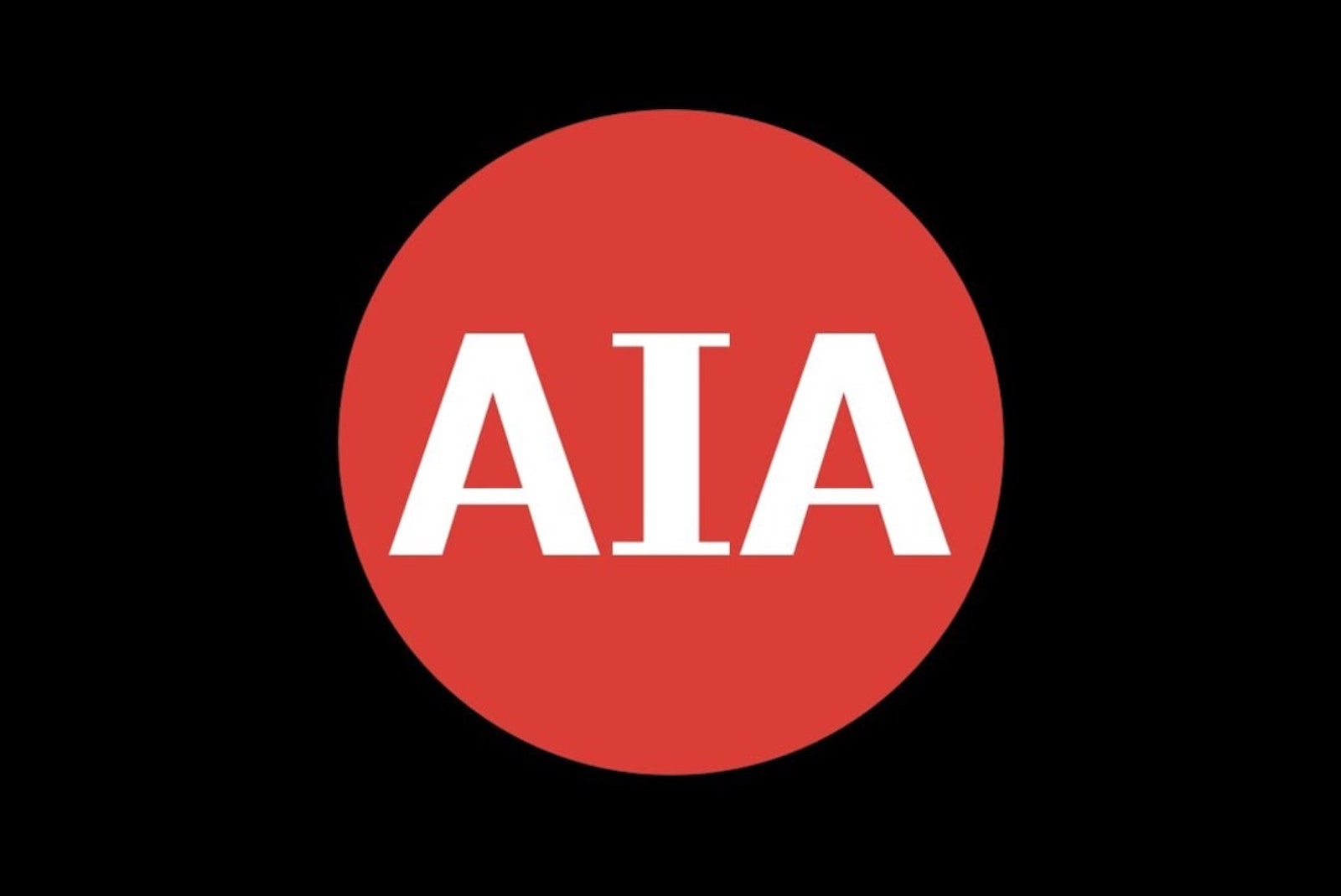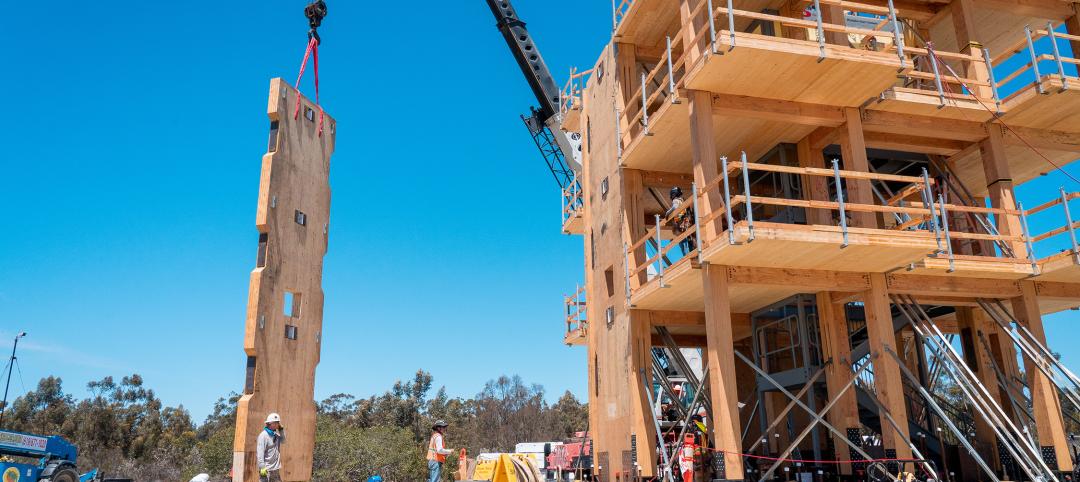The American Institute of Architects (AIA) Upjohn Research Initiative is providing up to $30,000 to five research projects that will advance sustainability in architecture. The purpose of the grant is to provide base funds for research projects that advance architectural knowledge and practice.
Grant recipients were selected by a seven-member jury comprised of members from the AIA College of Fellows and AIA Board Knowledge Committee, and according to the release this year’s selected Upjohn Research Initiative projects include:
Architects and Grid-Interactive Efficient Buildings (GEBs): The Role of the Profession in the Emerging Field of GEBs
Principal Investigator: Deane Evans, FAIA (New Jersey Institute of Technology)
A key goal of the GEBs initiative is to help buildings adapt to and, at the same time, reduce the impacts of climate change. As a collaborative effort between a university-based research center, a state energy-incentive program, and a state AIA component’s Committee on the Environment (COTE), the project intends to better inform architects about GEBs. The results will be incorporated into an online educational toolkit designed to help architects understand the practical, real-world implications of GEBs on their practices.
From Waste to Biodegradable Structures with Local Fungi Species
Principal Investigators: Benay Gürsoy Toykoç, PhD (Penn State); John A. Pecchia, PhD (Penn State); Ali Ghazvinian (Penn State)
Collaborators: Alale Mohseni (Penn State); Natalie Walter (Penn State)
Interest from the architecture community in the sustainable features of mycelium-based materials is growing. As a collaboration among architecture, mushroom science, and computational design, this interdisciplinary research project aims to design and build two large-scale structures, MycoCreateII and MycoPrint, to study the use of mycelium-based composites as a load-bearing material. MycoCreateII will be a fully biodegradable funicular structure with load-bearing components made of mycelium-based composites. MycoPrint will be a shell structure with 3D-printed mycelium-based components cultivated on cardboard and paper waste.
The Future of Green Infrastructure: Measuring and Designing the Built Environment for Pedestrian and Bicycle Activities in Dallas-Fort Worth
Principal Investigators: Hyesun Jeong, PhD, Assoc. AIA (University of Texas at Arlington); Matthew Ables (Arup)
Collaborators: Brian Hammersley (Hammersley Architecture); Meghna Tare (University of Texas at Arlington); Lawrence Agu, Assoc. AIA (City of Dallas)
Using GIS-based data analysis and field study, this research project will investigate how the built environment is conducive to pedestrian and cycling activities in Dallas-Fort Worth. The project team will generate design prototypes and strategies that transform grey-infrastructure into permeable green-infrastructure to envision a more walkable, ecological, and healthier environment in community areas. The outcome of this research and design project may serve as a decision-making tool for stakeholders such as architects, planners, city officials, developers, and community organizations in pursuit of sustainable development, mobility infrastructure planning, stormwater management, and decarbonization efforts.
Priority Green for Community Benefit: A Framework for Tailoring Entitlement Benefits to Neighborhood-specific Priorities Around Climate Change Mitigation, Adaptation, and Equity
Principal Investigator: Adele Houghton, AIA (Biositu)
Local permitting pathways may be more effective levers for mitigating and adapting to climate change, addressing chronic disease, and improving equity if they are tailored to neighborhood-level environmental and human health needs. Generated through a series of charettes, this research project will develop a Priority Green framework that architects can use with local officials to show how building and site design that is responsive to neighborhood environmental exposures, community health risk factors, and the social determinants of health can measurably contribute to advancing their community’s climate action plan and other local public health priorities.
Synergies between Ultra-Low-Energy Buildings, Microgrids, and Direct Current
Principal Investigators: Lisa White (Passive House Institute US (PHIUS)); Graham Wright, PhD (Passive House Institute US (PHIUS))
Collaborator: Walter Grondzik, PE (Ball State University)
This study will assess the feasibility and performance benefits of linking passive building design guidelines with a city-block microgrid, simulated in Milwaukee and composed of 20-30 residential buildings. It will develop an architect’s guide to analyzing and designing such blocks to manifest a resilient, low-emissions future. The goal of this project is to create a template for architects and other design professionals to incorporate both passive building strategies and microgrid design strategies into their projects to achieve optimal carbon performance.
Related Stories
Apartments | Jun 27, 2023
Average U.S. apartment rent reached all-time high in May, at $1,716
Multifamily rents continued to increase through the first half of 2023, despite challenges for the sector and continuing economic uncertainty. But job growth has remained robust and new households keep forming, creating apartment demand and ongoing rent growth. The average U.S. apartment rent reached an all-time high of $1,716 in May.
Contractors | Jun 26, 2023
Most top U.S. contractors rarely deliver projects on time: new study
About 63% of leading U.S. contractors are delivering projects out of schedule, according to a survey of over 300 C-suite executives and owners in the construction industry by XYZ Reality. The study implies that the industry is struggling with significant backlogs due, in part, to avoidable defects, scan, and rework.
Industry Research | Jun 15, 2023
Exurbs and emerging suburbs having fastest population growth, says Cushman & Wakefield
Recently released county and metro-level population growth data by the U.S. Census Bureau shows that the fastest growing areas are found in exurbs and emerging suburbs.
Contractors | Jun 13, 2023
The average U.S. contractor has 8.9 months worth of construction work in the pipeline, as of May 2023
Associated Builders and Contractors reported that its Construction Backlog Indicator remained unchanged at 8.9 months in May, according to an ABC member survey conducted May 20 to June 7. The reading is 0.1 months lower than in May 2022. Backlog in the infrastructure category ticked up again and has now returned to May 2022 levels. On a regional basis, backlog increased in every region but the Northeast.
Industry Research | Jun 13, 2023
Two new surveys track how the construction industry, in the U.S. and globally, is navigating market disruption and volatility
The surveys, conducted by XYZ Reality and KPMG International, found greater willingness to embrace technology, workplace diversity, and ESG precepts.
| Jun 5, 2023
Communication is the key to AEC firms’ mental health programs and training
The core of recent awareness efforts—and their greatest challenge—is getting workers to come forward and share stories.
Mass Timber | Jun 2, 2023
First-of-its-kind shake test concludes mass timber’s seismic resilience
Last month, a 10-story mass timber structure underwent a seismic shake test on the largest shake table in the world.
Contractors | May 24, 2023
The average U.S. contractor has 8.9 months worth of construction work in the pipeline, as of April 2023
Contractor backlogs climbed slightly in April, from a seven-month low the previous month, according to Associated Builders and Contractors.
Multifamily Housing | May 23, 2023
One out of three office buildings in largest U.S. cities are suitable for residential conversion
Roughly one in three office buildings in the largest U.S. cities are well suited to be converted to multifamily residential properties, according to a study by global real estate firm Avison Young. Some 6,206 buildings across 10 U.S. cities present viable opportunities for conversion to residential use.
Industry Research | May 22, 2023
2023 High Growth Study shares tips for finding success in uncertain times
Lee Frederiksen, Managing Partner, Hinge, reveals key takeaways from the firm's recent High Growth study.

















